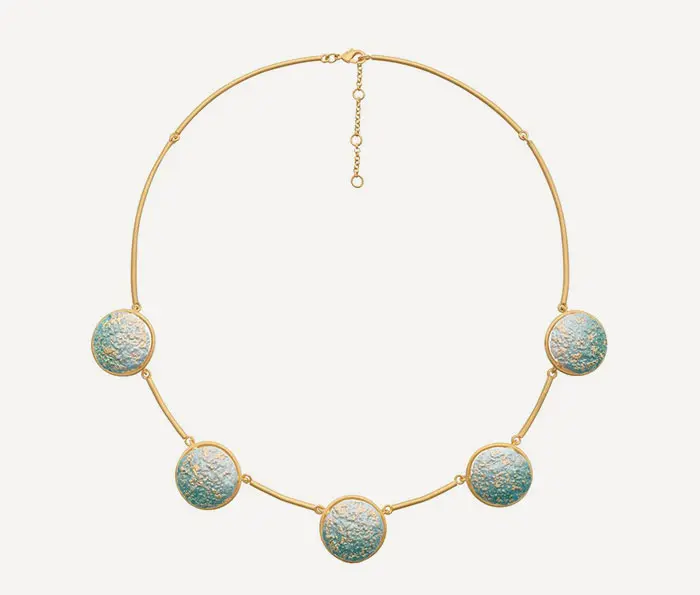Garnet : Nature's Palette of Rich Hues

Garnet Gemstone: Nature's Palette of Rich Hues
This one-page report provides an overview of the garnet gemstone, exploring its diverse characteristics, geological origins, historical significance, value factors, and sustainability considerations.

Characteristics
Garnets are a group of silicate minerals known for their rich, varied colors. While the most commonly recognized garnet is deep red, garnets also appear in a spectrum of hues, including green (tsavorite and demantoid), orange (spessartite), and pink (rhodolite). With a hardness ranging from 6.5 to 7.5 on the Mohs scale, garnets are durable and well-suited for various jewelry applications.

history
Garnets have a rich history, dating back to ancient times. They were prized by various civilizations for their beauty and believed to bring protection, strength, and guidance. The name “garnet” is derived from the Latin word “granatus,” meaning “seed-like,” due to the resemblance of garnet crystals to pomegranate seeds. Garnets have been used in jewelry, talismans, and as symbols of love and commitment.
Geological Origins:
Garnets are found across the globe, with significant deposits in countries like the United States, India, Brazil, Madagascar, and Kenya. They often form in metamorphic rocks or in association with igneous rocks like granite. Garnets vary in composition, and their colors are influenced by factors such as chemical composition and trace elements.







